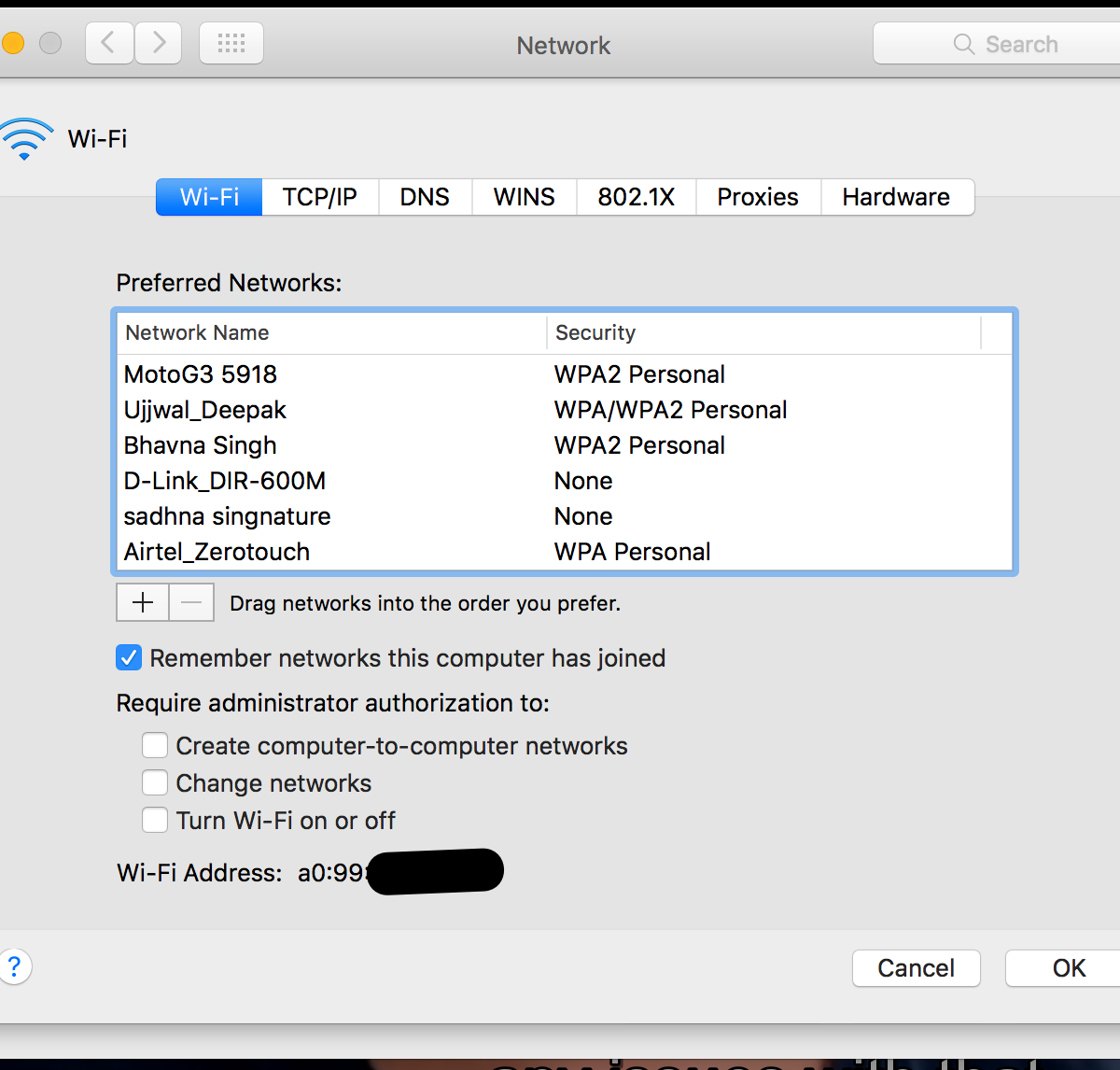
It is 48 bit long and there are more than 200 trillion possibilities while naming mac addresses. Making that into a useful tool is left as an exercise to the reader. Mac address is a unique identifier Mac / Physical address assigned to each and every device on earth by the manufacturers. This tends to make me think that these registry settings would work (not that any of them are helpful to you).ĭumping Windows kernel pool allocations is above my pay grade, but I suspect that if you were to figure out what the bridge.sys pool tag was (I suspect it's Brdg) and dump any pool allocations it makes you'd find the adjacency table in one of those allocations. It's interesting to note that the names of the registry parameters specified for the Windows CE network bridge driver are present in the Windows 7 bridge.sys driver. Searching Microsoft's website for any command-line (or otherwise) tools that deal with the network bridge (aside from the paltry support in netsh) isn't turning up anything for me. I think you're out-of-luck, from a documented and supported command-line perspective. (This ASCII text string embedded in the binary is a nice touch, though: Without specific written consent from Microsoft, it is illegal to reverse engineer, debug or change this binary.) Note: You do not need to click on anything on the Start screen - typing will automatically initiate a program search. Type cmd and press Enter to launch the command prompt.

Press the Windows Start key to open the Start screen. Without access to the bridge.sys source code it's difficult to say anything with certainty, but some cursory sniffing around the binary doesn't show any exposed APIs that would be helpful in dumping the layer 2 adjacency table. How to find the IP number and MAC address of a network card. The Network Bridge functionality appears to be wholly implemented (at least in Windows 7) by the bridge.sys driver.


 0 kommentar(er)
0 kommentar(er)
